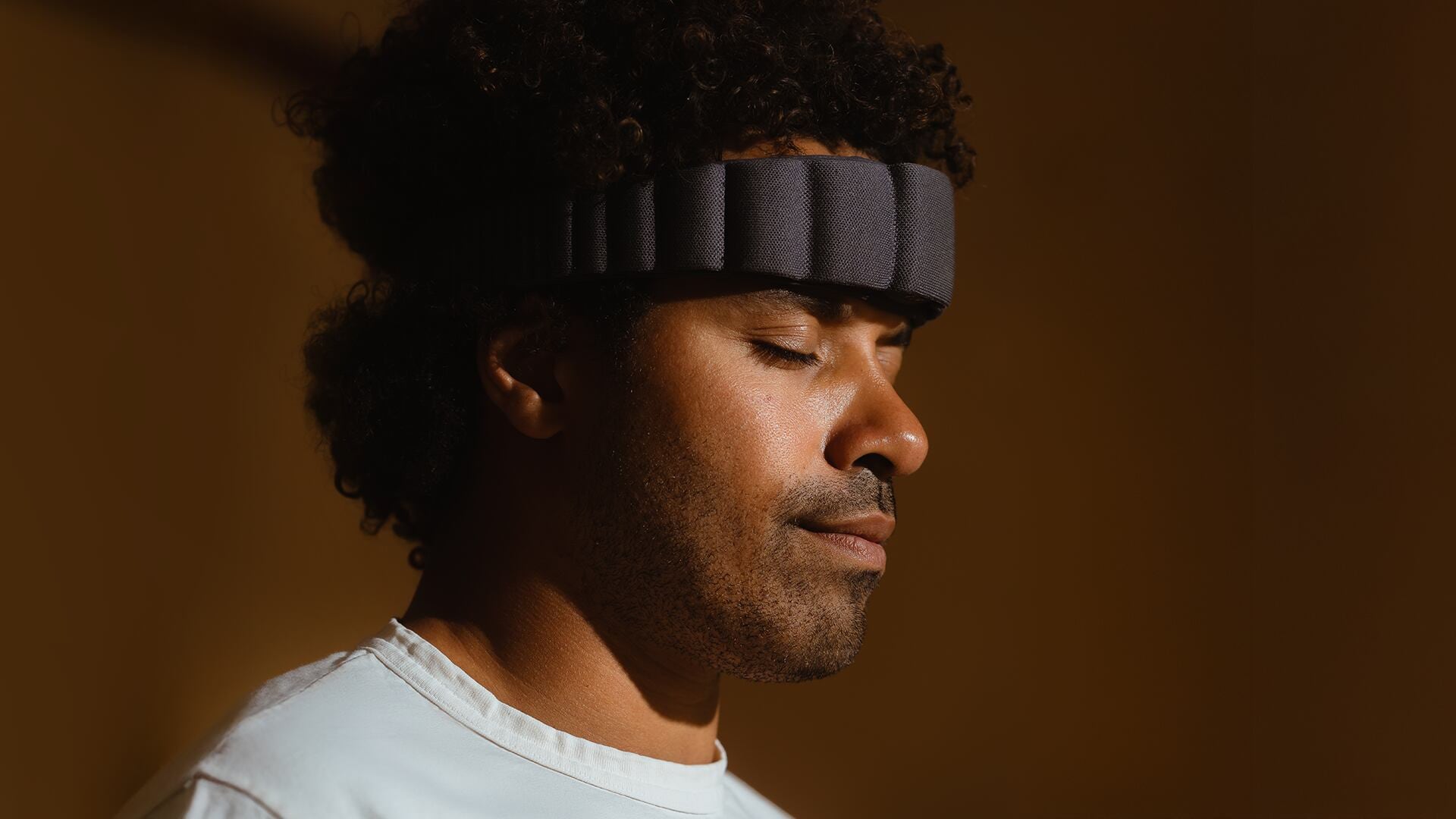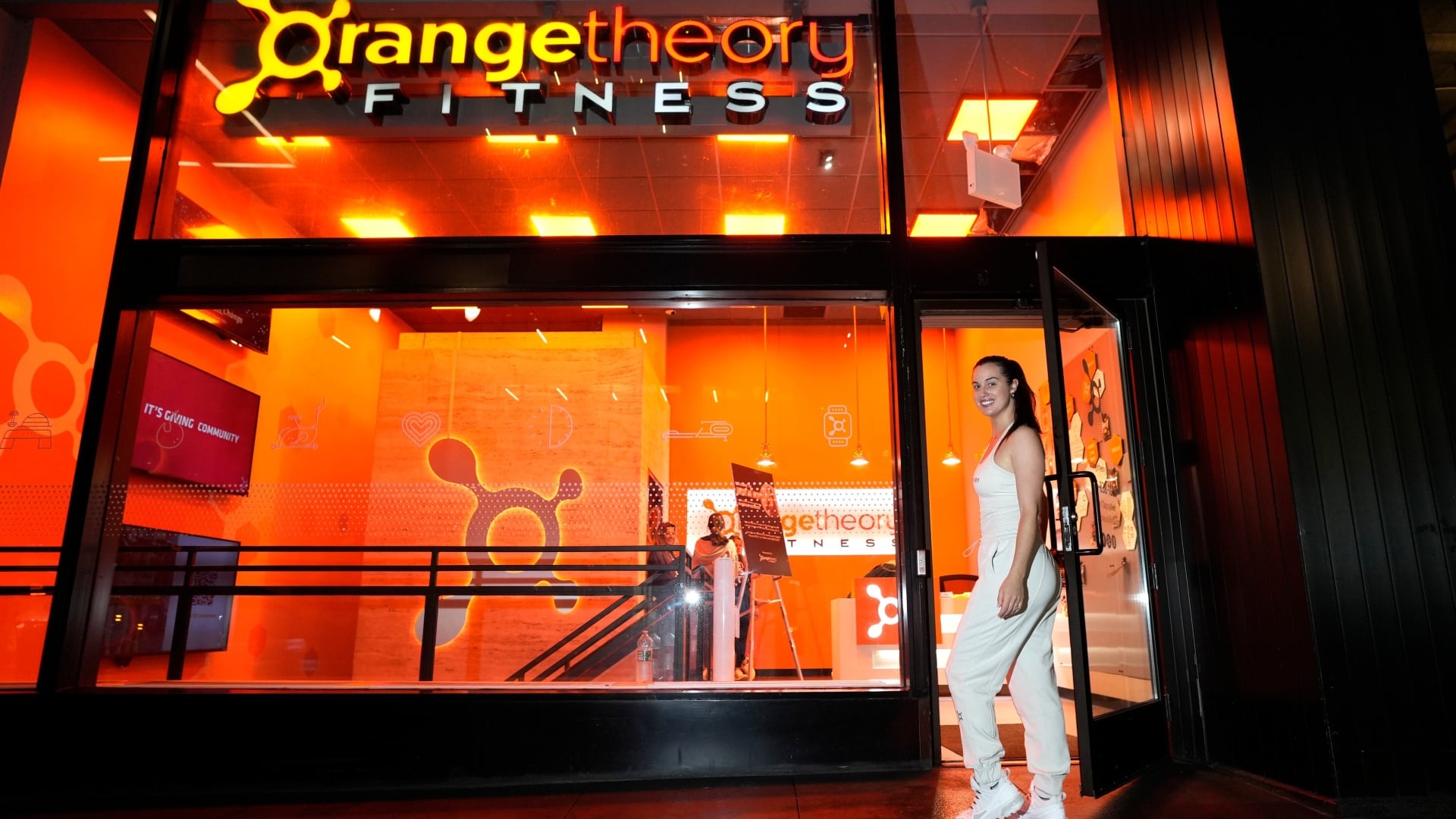Virgin Galactic is one step closer to carrying out its mission of commercial space travel in 2022 with the unveiling of the VSS Imagine, the first in its Spaceship III class.
The reflective material used for the exterior of the ship, initially designed as part of its thermal protection system, mirrors its surroundings, an engineering requirement that then became a design choice.
"A lot of the design and the innovation happens under the hood for us," Michael Colglazier, Virgin Galactic CEO, told Cheddar.
"The big place that really matters is we can now find ways to maintain and have the ship fly more quickly than we were able to do before, and that's really, really critical because we want to fly these lots of times every year and bring a lot of people up to space."
The company has set some early goals to launch 400 flights a year from each of the world's 28 spaceports. Potential astronauts can expect to pay a hefty price tag for the inaugural flights, which will exceed $250,000 which was initially announced by the company.
Colglazier said as the company ramps up commercial space travel and the trips become more regular, those aspiring to travel to space can expect more affordable prices, noting that as with many young industries prices tend to start high before curving downward.
"Virgin Galactic is focused on human spaceflight, and what I'm most looking forward to is this becoming normalized. I think most of us look at this and not long ago would've said 'Well that's never going to happen in my lifetime,' and yet here we are today and it is happening," he noted.
Training for the space flights would be expected to take place over the course of five days with flights lasting just 90 minutes. Richard Branson, Virgin Galactic's founder, is scheduled to take a test flight later this year as part of the pitch to get people on board.












